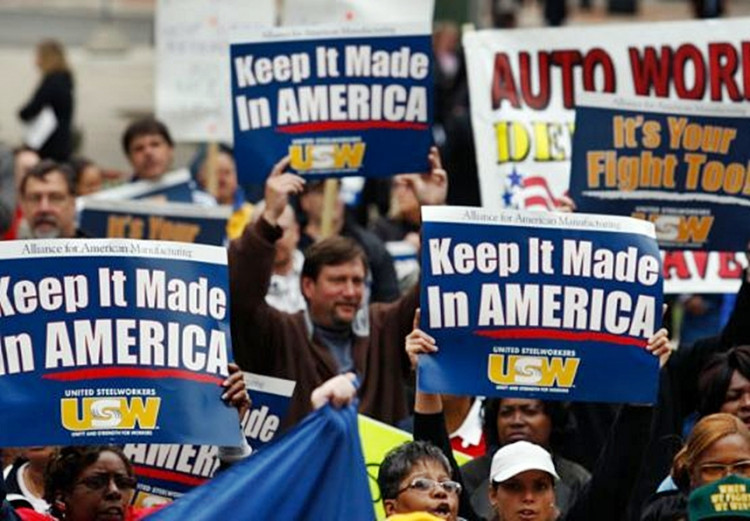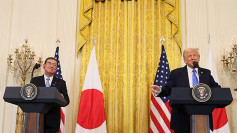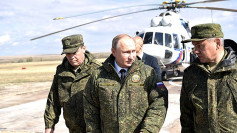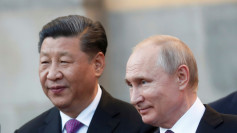Trump's trade war and "America First" protectionism are weakening global trade to such a degree the World Trade Organization (WTO) says global growth will slow down in both 2018 and 2019.
In addition, the WTO noted that the G20 group of the world's biggest economies imposed 40 new trade-killing measures between mid-May and mid-October. These protectionist measures affected $481 billion of trade and were triggered by Trump's imposition of steel and aluminum tariffs on the European Union, Canada, Mexico, and Turkey last March.
The WTO now forecasts 3.9 percent global growth this year and 3.7 percent in 2019. Even these estimates, however, still seem too optimistic for some economists.
In its quarterly trade outlook indicator, the WTO also said risks to the forecast are considerable and firmly weighted to the downside. A further ratcheting-up of trade tensions could have direct negative effects on trade, but also beyond.
The indicator revealed declines in all seven of the drivers of trade it tracks and showed a reading of 98.6, the lowest since October 2016. This plunge reflects a further loss of trade growth momentum since August when the index was at 100.3. A reading below 100 means trade is growing below standard.
The key WTO indicator is based on seven drivers: merchandise trade volume in the previous quarter, export orders, container port throughput, international air freight, electronic components, car production and sales, and agricultural raw materials.
The newest reading shows electronic components plummeting to 93.3 from 102.2 in the previous quarter. Agricultural raw materials skidded to 97.2 from 100.1 while export orders slid to 96.6 from 97.2 in August.
Trade seemed to be recovering in 2017 when it grew by 4.7 percent. This uptick led analysts to issue upbeat forecasts in April about a further 4.4 percent rise this year and 4.0 percent in 2019. This is now clearly not the case.
The WTO reduced those forecasts in September, following the following Trump launching his unwarranted tariffs on steel and aluminum and on goods from China.
WTO noted that world trade growth has failed to outpace economic growth since the Great Recession of 2008. This phenomenon ended a long streak where trade increased at double the rate of global GDP.
On the other hand, protectionist measures between mid-May and mid-October affected six times more trade than in the previous period. They were also the largest since the WTO started monitoring G20 trade in 2012.
Three-quarters of the latest trade restrictions were tariff hikes, many of them in retaliation for the steel and aluminum tariffs imposed by Trump in March. The WTO, however, did not count measures that were announced but not yet implemented.
The report's findings should be of serious concern to G20 governments and the entire international community, said WTO Director-General Roberto Azevedo.
He noted that further escalation remains a real threat. If the G20 continues along the current course, the economic risks will increase, with potential effects for growth, jobs and consumer prices around the world.
Azevedo said the WTO is doing all it can to help de-escalate the situation, but solutions demand political will and leadership from the G20.
The WTO said the proliferation of trade-restrictive actions and the uncertainty created by such actions will place economic recovery in jeopardy. More escalation carries potentially large risks for global trade. It will also negatively affect economic growth, jobs and consumer prices around the world.






